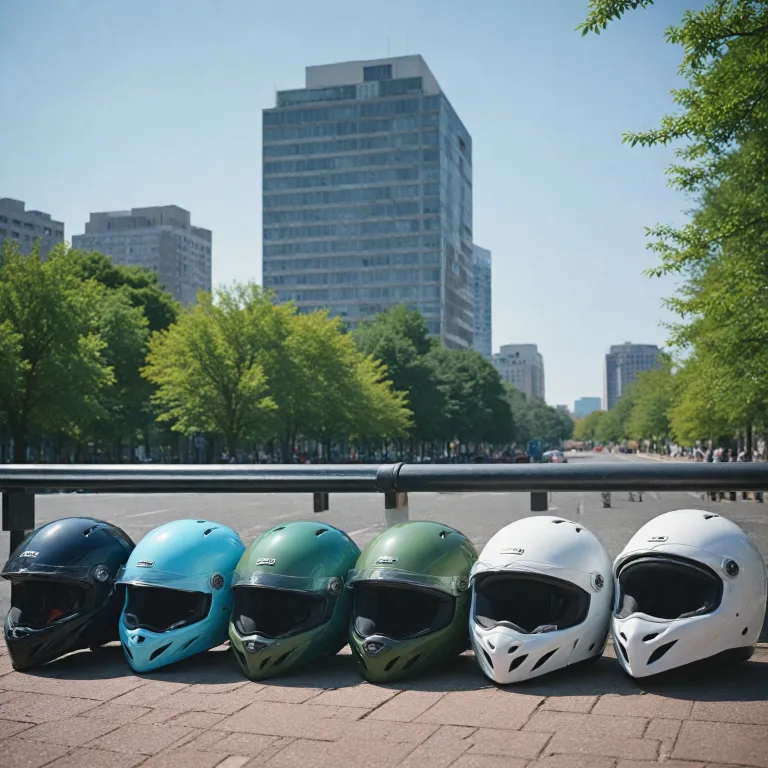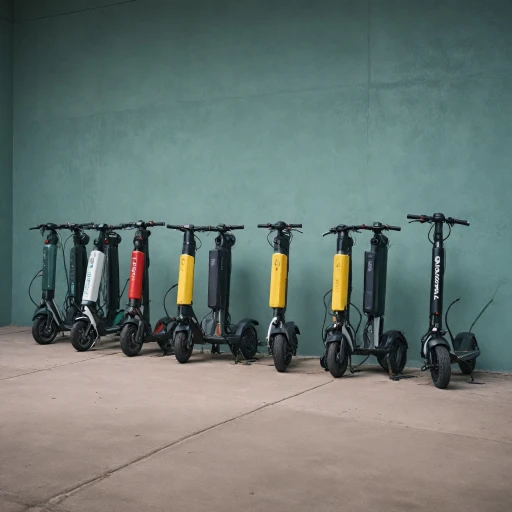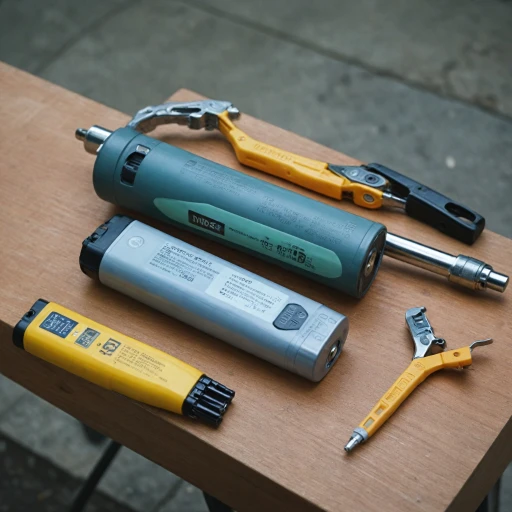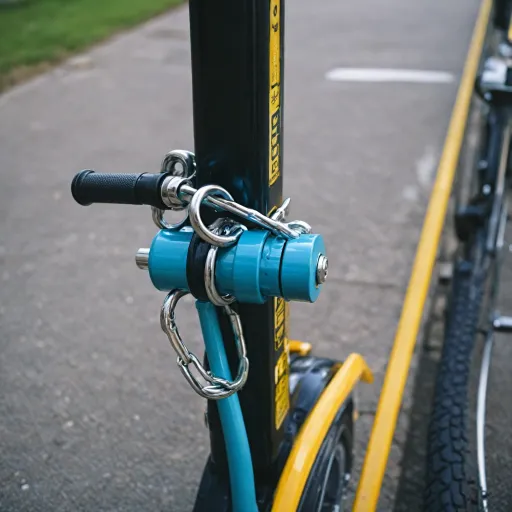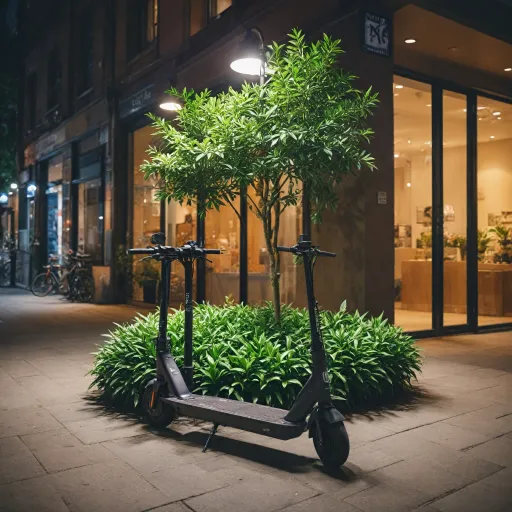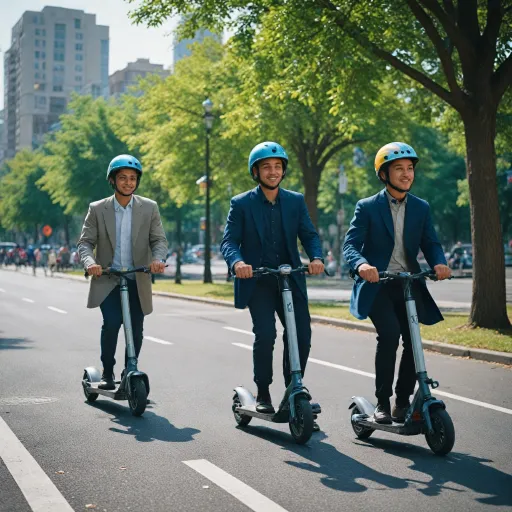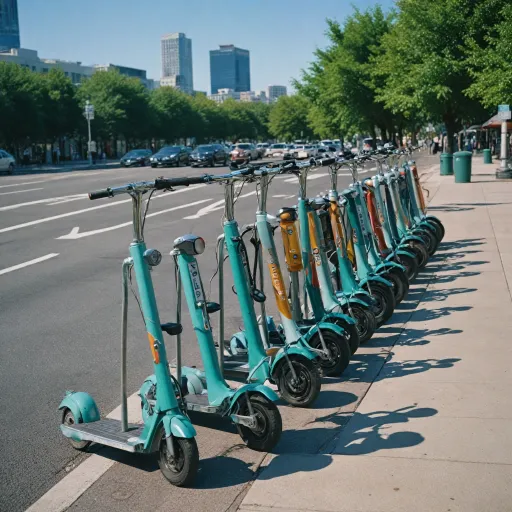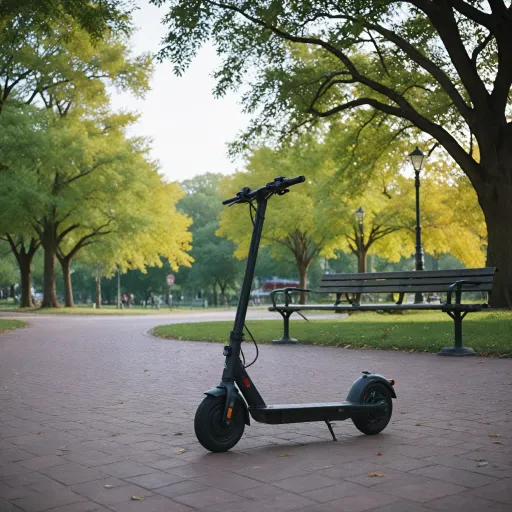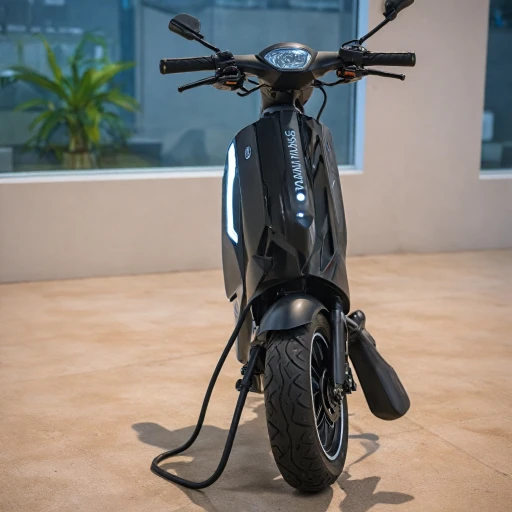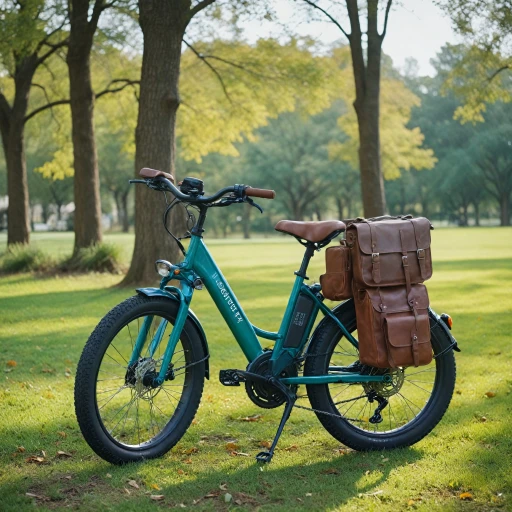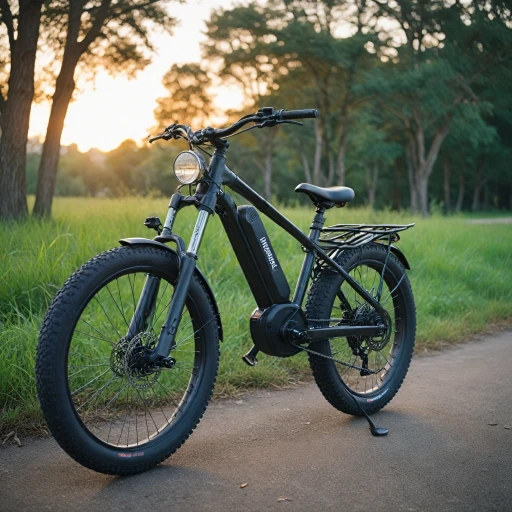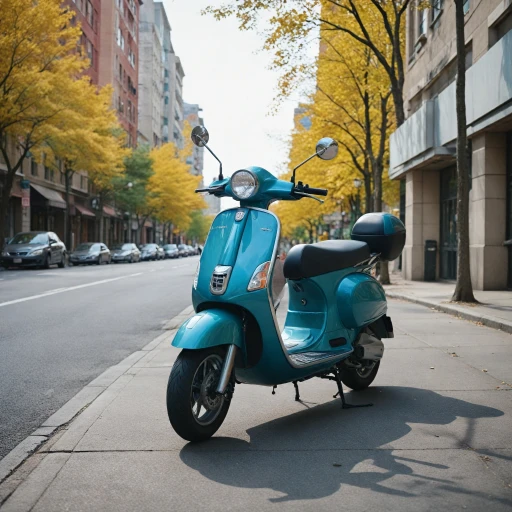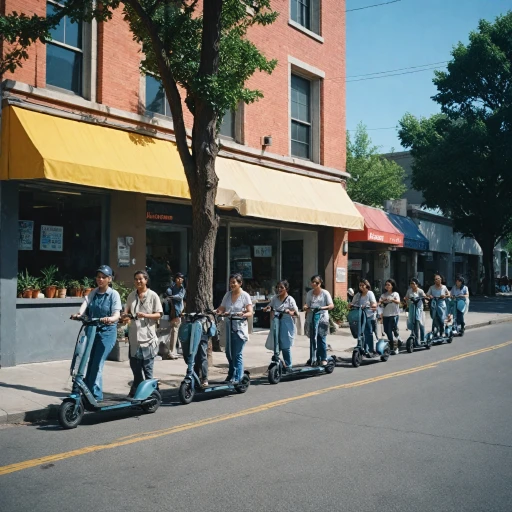
Understanding Helmet Safety Standards
Helmet Safety: Navigating the Standards
When considering helmets for your electric scooter rides, safety is paramount, and understanding helmet safety standards can make a significant difference in your choice. Helmets are more than just accessories; they are essential protection for riders. Ensuring your helmet meets established safety standards guarantees a minimum level of safety comfort, providing a layer of assurance. One such safety standard is the DOT (Department of Transportation) certification. A DOT-approved helmet signifies that the helmet meets specific federal guidelines, ensuring adequate protection during riding accidents. This means that whether you choose a full face, open face, or modular helmet, you should look for the DOT sticker to verify its compliance. While price and style (from matte black to custom designs) might catch your eye, don't compromise on safety. Check out helmet reviews to see what's available in the market and their respective safety ratings. Some scooter helmets are designed with superior face protection, such as full face or modular helmets that offer better coverage compared to low profile or open face helmets. As you explore different designs, keep in mind that helmet safety goes beyond its construction. The visor, for instance, can offer protection against debris, while features like a sun shield enhance comfort during sunny rides. Furthermore, open face or jet helmets may appeal to city riders due to their comfort and low profile, but remember they offer less face protection than their full face counterparts. For more in-depth insight on enhancing your overall safety and securing your ride, consider reviewing the right security measures with a reliable chain lock for your electric scooter here.Types of Helmets Suitable for Electric Scooters
Exploring Helmet Styles for Scooter Enthusiasts
When it comes to selecting the perfect helmet for your electric scooter rides, understanding the different types available can make a significant difference in your safety and comfort. Here's a breakdown of the most common helmet styles suitable for scooter riders:
- Open Face Helmets: These helmets, also known as jet helmets, provide a good balance between protection and visibility. They cover the top, back, and sides of your head but leave your face exposed. This style is popular among city riders who prefer a low profile and a sense of freedom while riding. However, they offer less protection compared to full face helmets.
- Full Face Helmets: Offering the most comprehensive protection, full face helmets cover your entire head and face. They are ideal for those who prioritize safety and often ride at higher speeds. The inclusion of a visor helps shield your eyes from wind and debris, enhancing your riding experience.
- Modular Helmets: These helmets are a hybrid between full face and open face designs. With a flip-up chin bar, they offer the flexibility to switch between styles. Modular helmets are perfect for riders who want the protection of a full face helmet with the option to enjoy an open face feel when needed.
- Low Profile Helmets: For those who prefer a minimalist look, low profile helmets offer basic protection with a sleek design. While they may not provide the same level of safety as other types, they are lightweight and comfortable for short city rides.
When choosing a helmet, consider factors such as price, design, and the level of protection you need. Remember, the right helmet not only complements your scooter's style but also ensures your safety on the road.
Key Features to Look for in a Helmet
Features That Ensure Safety and Comfort in Your Helmet
When considering a helmet for your electric scooter, it's crucial to focus on features that enhance both safety and comfort. A helmet's design plays a significant role in your overall scooter-riding experience. Here's what to look for:
- DOT Approval: Ensure the helmet is DOT approved, which guarantees it meets specific safety standards crucial for protecting riders.
- Adjustable Fit: Look for helmets with adjustable straps and fitting systems. This is key to comfort, especially for long rides in the city.
- Ventilation: Adequate airflow is essential in keeping you comfortable and cool. Whether you're opting for a full-face or jet helmet, check for vents.
- Integrated Sun Shield: Some helmets come with a built-in sun shield or visor, providing protection against sunlight and debris.
- Weight: A lightweight helmet, such as those made with composite materials, reduces fatigue during extended rides.
- Style and Appearance: While safety is paramount, consider a design that resonates with your personal style. Options include low profile, matte black finishes, or open-face designs.
- Customizable Elements: Modern helmets often offer customization options, such as removable liners or interchangeable visors.
To dive deeper into the features and accessories that can optimize your scooter journey, take a look at these practical enhancements for your ride.
How to Properly Fit a Helmet
Ensuring a Snug Yet Comfortable Fit
When it comes to your scooter helmet, achieving the right fit is crucial for both safety and comfort. Begin by measuring the circumference of your head, right above your eyebrows, using a flexible tape measure. This will guide you towards the correct helmet size. Remember, sizes can vary across different helmet manufacturers, so it's essential to try the helmet on if possible.
Once you've narrowed down choices based on size, the next step is to ensure the helmet sits level on your head. A well-fitted helmet shouldn't tilt back, exposing your forehead, nor should it be low enough to block your vision. The fit should be snug, as a helmet that's too loose won't provide optimal protection in the event of a fall.
For additional comfort, consider the helmet's inner padding and how it interacts with your head. Adjustable padding is a plus, offering a custom fit that conforms to your head shape over time. Many helmets, such as modular helmets, offer removable liners for easy cleaning, maintaining freshness and extending the life of the helmet.
Securing the chin strap is another pivotal element of fitting. It should be tight enough that only a couple of fingers can slide between your chin and the strap. Too loose and you risk the helmet dislodging during a ride; too tight could result in discomfort.
Features such as a sun shield or visor can enhance your riding experience, providing protection against glare and debris, essential for city riders. Whether it's matte black for a sleek look or a more visually striking design, helmet styles can complement both function and individual taste.
All riders should periodically review helmet reviews to ensure their choice retains safety standards, especially if it's for more than just scooter rides like motorcycle or other high-speed adventures. Additionally, make sure your helmet is DOT approved, as this indicates it meets necessary safety regulations, offering peace of mind on your journeys.
Maintaining and Caring for Your Helmet
Regular Maintenance Tips
To maintain helmet safety and ensure durability, it’s crucial to give attention to your helmet’s upkeep. Regularly clean your helmet, focusing on both its exterior and interior linings. Helmets often pick up dust and sweat during scooter rides, especially in city environments. A gentle cleanser, suitable for helmet materials, ensures the helmet remains in good condition without damaging its surface.Ensuring a Lifelong Fit
Even if comfort is prioritized in helmet design, time and wear can cause internal padding to compress. Periodically check for any loose or worn-out padding. Replacement parts are generally available for most quality helmets, ensuring that your head always benefits from a snug and protective fit.Storage for Safety
How you store your helmet directly influences its lifespan. Avoid leaving your helmet in direct sunlight for prolonged periods. Excessive heat can degrade internal materials, compromising safety. A cool, dry place is ideal for storage, ensuring that both the scooter helmet's style and safety features are preserved over time.Avoiding Damage
While seemingly robust, helmets are not invincible. Avoid dropping your helmet, as the impact can damage its structural integrity. This applies to full face and open-face motorcycle helmets, as well as modular ones. If any damage occurs, it's prudent to conduct or obtain a professional helmet review to assess continued use.Adhering to Safety Standards
Helmets should always meet safety standards, such as the DOT-approved certification. Regularly confirm that your helmet upholds these standards so you’re assured it offers optimal protection during every ride, regardless of price or custom design features.Common Mistakes to Avoid When Choosing a Helmet
Steering Clear of Common Helmet Selection Errors
Choosing the right helmet for your electric scooter involves more than just picking a design you think looks cool. Riders often make mistakes that can compromise safety and comfort, and these errors are all too easy to sidestep with a little extra awareness:- Ignoring Helmet Safety Standards: While shiny bell helmets may catch your eye, it’s paramount to ensure that they meet established safety standards. Helmets that are DOT approved signify they’ve been tested and adhere to safety regulations, providing adequate protection in the city or on open roads.
- Choosing Style Over Fit: Many riders get tempted by the allure of a sleek matte black design or a custom face helmet style without considering the proper fit. A helmet must snugly fit your head, offering both safety and comfort. If it wobbles or feels too tight, it’s a clear signal it’s not for you.
- Overlooking Key Features: Prioritize finding a helmet with essential features like a sun shield or a visor for that low-profile ride. A modular helmet, for example, offers versatility with its flip-up face shield, ideal for city commutes.
- Neglecting Helmet Reviews: Before finalizing any purchase, delve into helmet reviews to understand firsthand accounts of long-term use, durability, and comfort levels. Reviews can offer insights on low-profile styles to modular helmets, unveiling potential design flaws or celebrated features.
- Underestimating the Importance of a Good Fit: A common novelty error is not trying on the helmet for a test ride. A snug jet helmet might feel secure but make sure it’s not too tight around the ears and offers the comfort you desire for longer rides.
